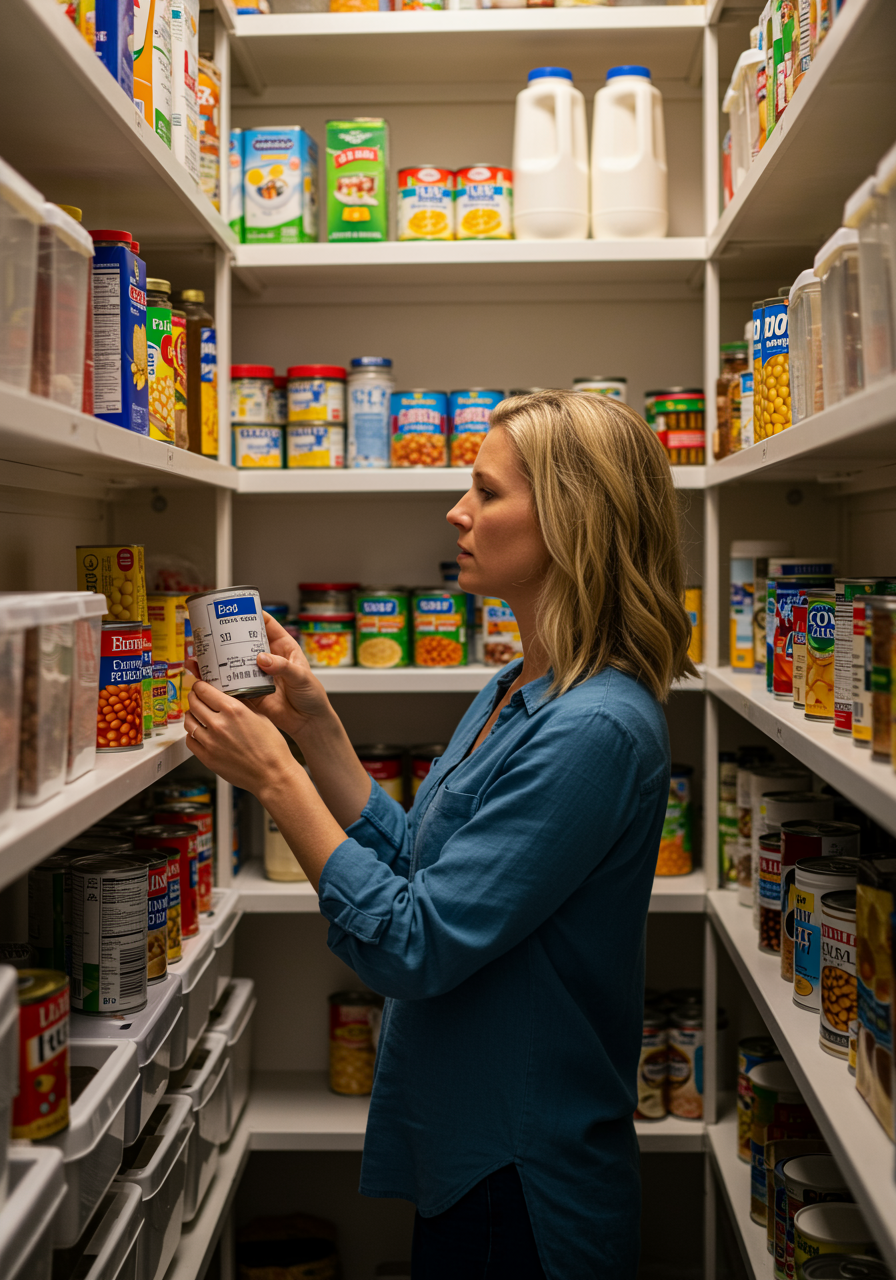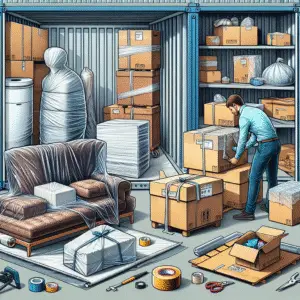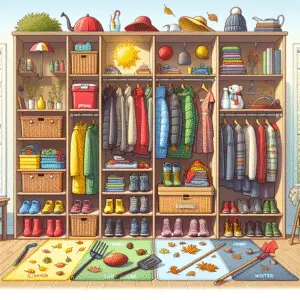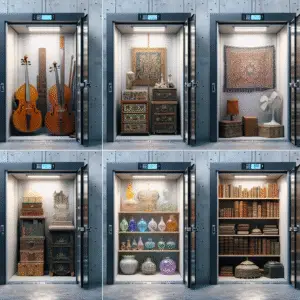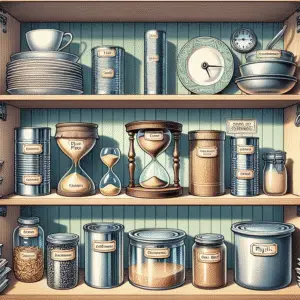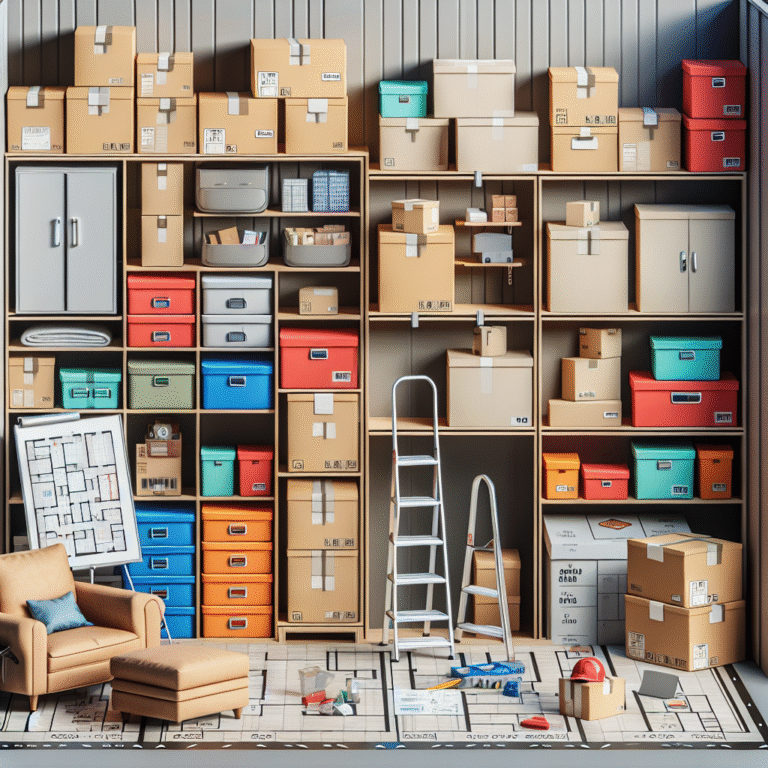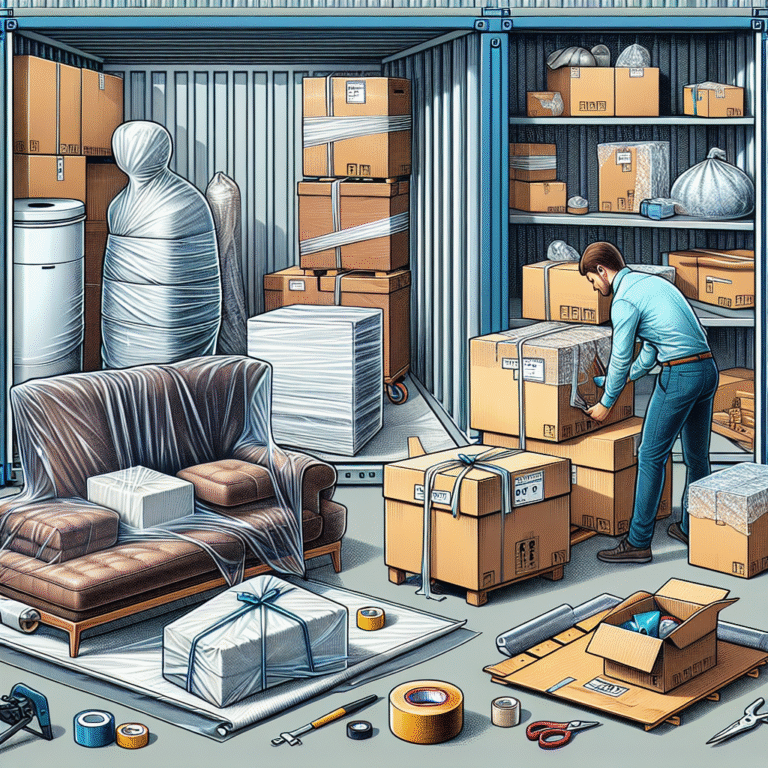How Long Can You Safely Store Different Household Items?
Ever wondered if those cherished holiday decorations stored in your attic are slowly deteriorating? Or if that expensive coffee maker you packed away last summer is still safe to use?
The shocking truth is that most Americans are storing their household items incorrectly, potentially costing them thousands in damaged goods and posing unexpected safety risks.
From precious family photos to expensive electronics, understanding proper storage techniques isn’t just about organization – it’s about protecting your investments and preserving your memories for years to come.
Long-term storage success begins with understanding fundamental storage principles. Temperature fluctuations and humidity levels can wreak havoc on your belongings, with ideal storage conditions typically ranging between 50-80°F and 30-50% relative humidity. Proper pest prevention starts with regular inspections and using appropriate deterrents, while choosing the right containers can mean the difference between preserved treasures and ruined investments. Creating a detailed inventory system with clear labels not only helps you track what you have stored but also helps monitor storage duration and rotation needs.
Kitchen and pantry items require particular attention to storage conditions. Non-perishable foods like rice, pasta, and canned goods can last anywhere from 1-30 years when stored properly in airtight containers away from direct sunlight. Spices and herbs generally maintain their potency for 1-4 years when kept in sealed containers in a cool, dark place. Kitchen appliances need thorough cleaning before storage, with all removable parts separated and stored together in clearly labeled containers.
Clothing and textiles demand specific care to maintain their quality during storage. Seasonal clothing should be cleaned before storage and placed in breathable garment bags or acid-free boxes. Vacuum storage bags can save space but should be used cautiously with natural fibers that need to breathe. Cedar blocks, silica gel packets, and mothballs (used sparingly) can help prevent insect damage and control moisture.
Electronics require special consideration for long-term storage. Always remove batteries to prevent corrosion and back up any data before storage. Keep devices in their original packaging when possible, using anti-static bags for sensitive components. Store electronics off the ground and away from magnetic fields, maintaining consistent temperature and humidity levels to prevent internal damage.
Furniture and upholstery preservation starts with proper preparation. Disassemble large pieces when possible, keeping hardware in labeled bags attached to the corresponding furniture. Use furniture covers that allow airflow while protecting from dust and debris. Wood furniture benefits from regular waxing before storage, while upholstered pieces should be thoroughly cleaned and treated with fabric protector.
Document and photo storage requires archival-quality materials and controlled environments. Important papers should be stored in acid-free folders within fireproof containers. Photographs need to be separated with acid-free paper and kept in albums or boxes designed specifically for photo storage. Creating digital backups provides additional security for irreplaceable items.
Toys, games, and hobby supplies present unique storage challenges. Plastic toys should be cleaned and dried thoroughly before storage to prevent mold growth. Board games need to be stored flat to prevent box damage, with all pieces secured in plastic bags. Craft supplies should be organized by type and stored in airtight containers to prevent degradation.
Tools and garage items require special attention to prevent rust and deterioration. Hand tools should be cleaned and lightly oiled before storage, while power tools need their batteries removed and cords properly wrapped. A dehumidifier in the storage area can help prevent rust, while pegboards and tool chests keep items organized and easily accessible.
Holiday decorations need careful packaging to prevent damage during off-season storage. Fragile ornaments should be wrapped individually in acid-free tissue paper and stored in partitioned boxes. Light strings should be wrapped around cardboard to prevent tangling and tested before storage. Clear labeling helps prevent confusion and frustration during the next holiday season.
Household cleaning products and chemicals require careful consideration for safe storage. Many cleaning products have a shelf life of 6-12 months once opened. Store chemicals in their original containers away from heat sources and direct sunlight. Always keep these items locked away from children and pets, maintaining proper ventilation in storage areas.
Knowing when to discard stored items is crucial for maintaining a safe and efficient storage system. Watch for signs of degradation such as discoloration, unusual odors, or changes in texture. Regular inventory checks help identify items that have exceeded their safe storage period. When in doubt about an item’s safety, it’s better to dispose of it properly than risk health hazards.
Implementing these storage guidelines not only protects your belongings but also saves money and space in the long run. Regular evaluation of stored items helps maintain an organized and efficient storage system. Remember that proper storage is an investment in preserving your belongings and protecting your family’s health and safety.
The success of long-term storage lies in understanding each item’s specific needs and maintaining appropriate storage conditions. By following these guidelines and regularly reviewing stored items, you can ensure your belongings remain in excellent condition for years to come. Remember to adapt these storage practices to your specific climate and storage space capabilities, and always prioritize safety in your storage decisions.

